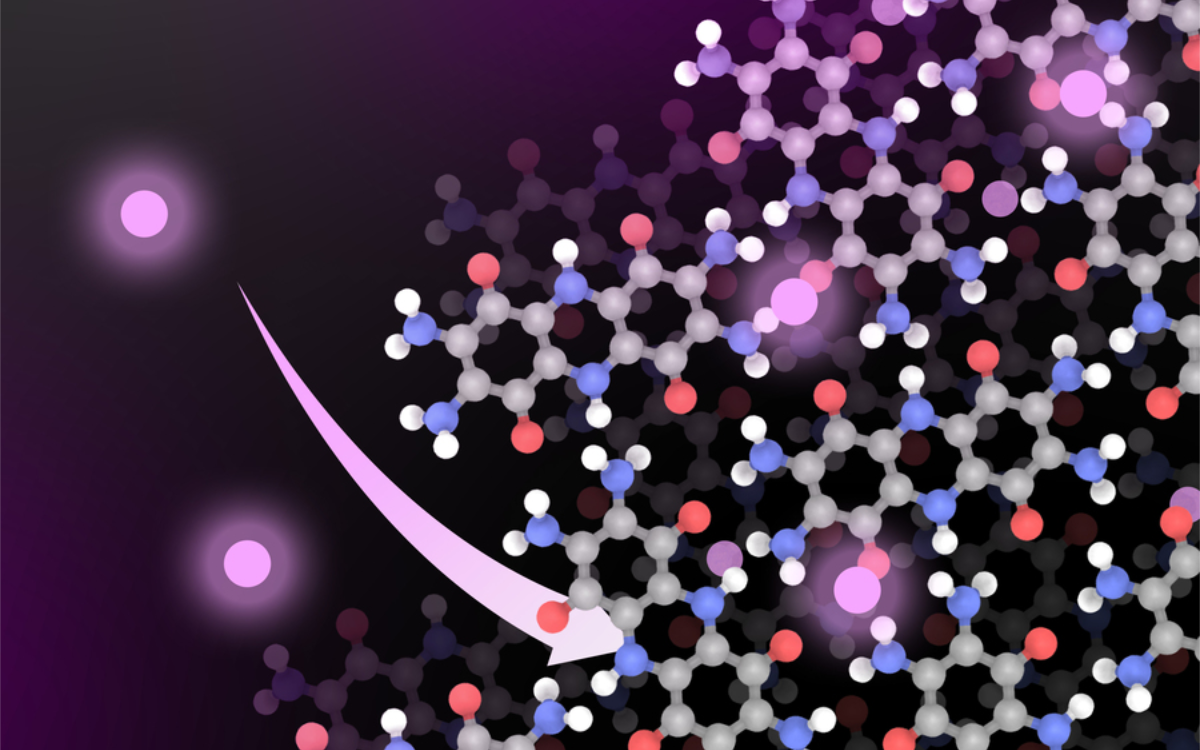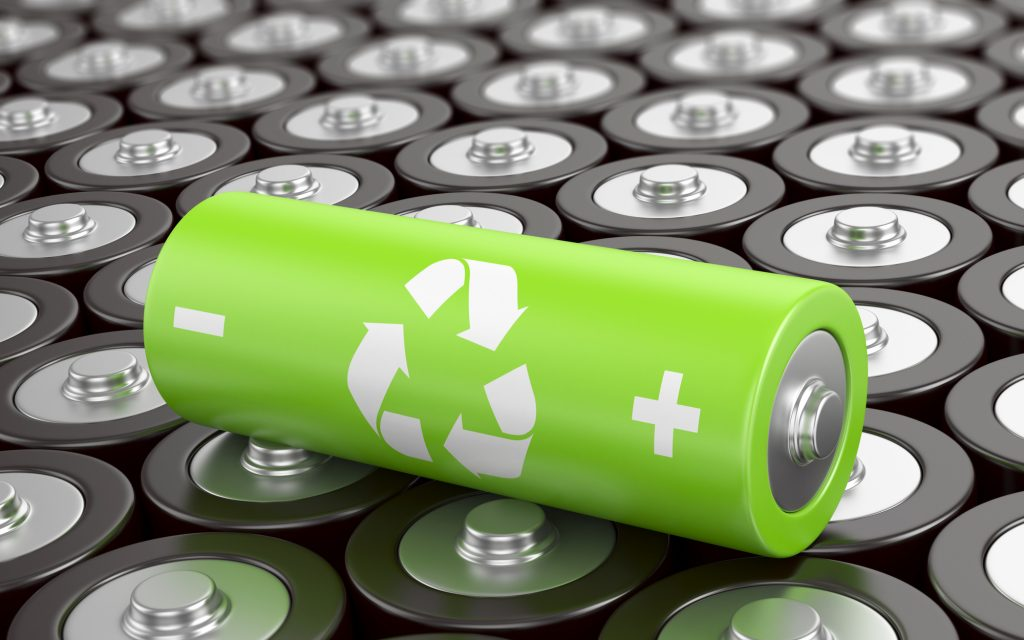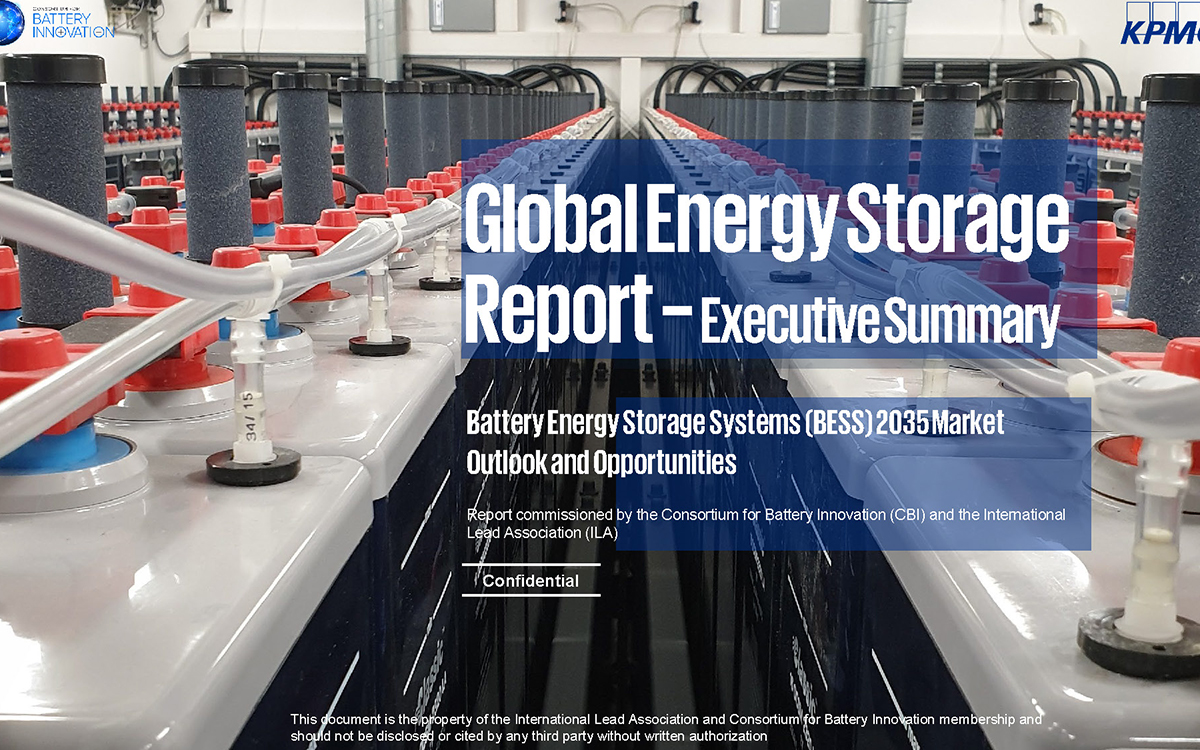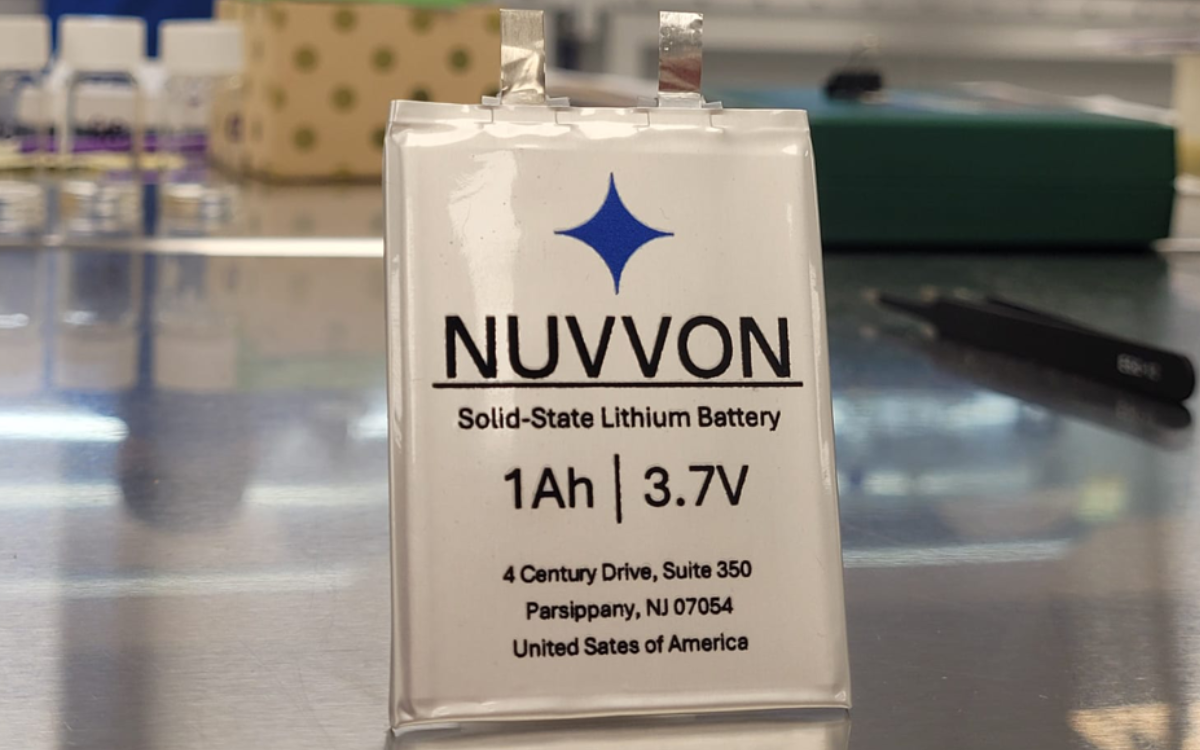Lamborghini, the Italian sports car manufacturer, has licensed a new organic EV battery compound. It is called TAQ (bis-tetraaminobenzoquinone) and is composed of carbon, nitrogen, oxygen and hydrogen, arranged in a row of three hexagons.
The new lithium-ion battery includes a cathode based on organic materials instead of cobalt or nickel, the company said. The structure is like graphite, the dominant anode material in modern EV batteries.
Lamborghini has a partnership with Prof. Mircea Dincâ of MIT (Massachusetts Institute of Technology). It said two researchers, Tianyang Chen and Harish Banda, discovered the new material during their work in the MIT laboratory.
The new material does not dissolve in two common battery electrolytes and the energy density is estimated to be 50%. MIT said each TAQ molecule is attracted to six others via hydrogen bonds. The structure will be almost flat, which allows several layers on top of each other. A study appears in the journal ACS Central Science.
The lithium ions are stored in small holes in the material. According to a recent study in Russia at the Institute of Machinery, Materials and Transport, Peter the Great Saint Petersburg Polytechnic University, organic anodes in general offer flexible structures, affordable materials and high-rate capabilities. The disadvantages are low volumetric energy densities and low electronic conductivity.
The MIT researchers claim to have solved the challenges of low energy density. Enhancing the density of active centres in any redox-active organic molecule is required to boost the capacity of the negative electrode.
The molecular design can enhance the theoretical capacity of the organic anode material, but several bulk properties of the material, such as crystallinity or particle size, influence the practical capacities. Lamborghini has licensed the patent on this technology. It funded the research and has a Lanzador high performance EV in the pipeline for 2028.












